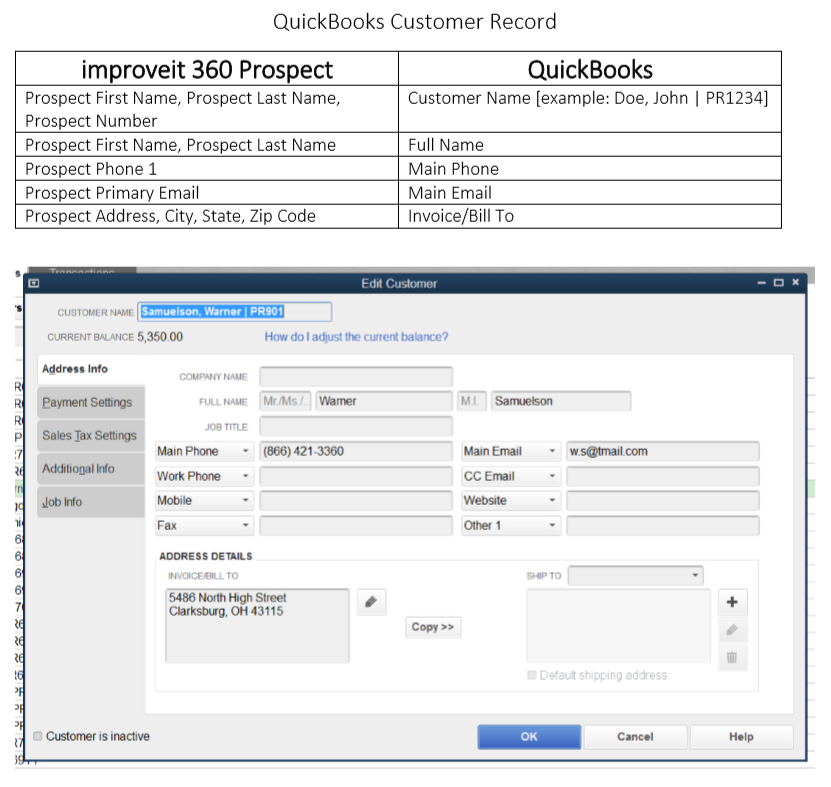

The text file, which might be in an XML format, can be parsed out and presented in a user-friendly way to the CRM user. In this case, the accounting vendor’s Invoices endpoint would return a structured text file with header information about the customer’s invoices. The CRM instance would, would of course, have to first be authorized to access the accounting system instance using an authorization process such as OAuth. In other words, go to the accounting vendor’s Invoices “endpoint” and request invoices where the accounting system CustomerID is equal to some number.

Let’s say that a requirement is that CRM system displays a list of all invoices that have been sent to a customer and that a user can drill down and view the details of any sent invoice.Īn “HTTP GET” command, which is either coded into a CRM system or into integration middleware, would conceptually look something like this: The best way to explain what APIs do is to look at a simple example. Through this interface, accounting information can be requested by a CRM system and/or updated by a CRM system. What Are APIs Anyway?ĪPI is an acronym for Application Programming Interface. If integrating a new cloud-based CRM system with QuickBooks is critical to transforming the way you do business, then maybe your business transformation requires implementing a new accounting system with contemporary APIs or even implementing an accounting system that runs natively within your CRM system. In fact, in 2014, Intuit announced that it was discontinuing the QuickBooks Desktop REST API because they “reached an inflection point where now have more new users choosing QuickBooks Online than QuickBooks Desktop.” There are also inherent issues with “cloud to ground” integrations, including the fact that the ground application - in this case QuickBooks desktop - is usually behind a firewall. This can make accessing data or writing to the database from the outside a challenge. QuickBooks, which was first launched in 1994, has a proprietary database structure. However, if you were able to poll a number of CRM implementation companies that have integrated or attempted to integrate a cloud CRM system with QuickBooks Desktop, you’d be hard pressed to find anyone who said, “it works like a charm” or “it’s a thing of beauty”.Įven though there are undoubtedly companies for which a form of QuickBooks to CRM integration works to their satisfaction, you’d be more likely to hear from customers that the integration is deficient in a number of ways. Often, the version of QuickBooks in question is QuickBooks Desktop. On our landing pages, visitors from SMBs often populate the field labeled Your #1 CRM Challenge? with “Quickbooks integration” or some variant thereof. It’s also an application that accountants know well, which is one of the barriers to SMBs switching off of QuickBooks.
QUICKBOOKS DESKTOP APP INTEGRATION SOFTWARE
QuickBooks Desktop continues to be a dominant accounting software for small to mid-sized business.


 0 kommentar(er)
0 kommentar(er)
